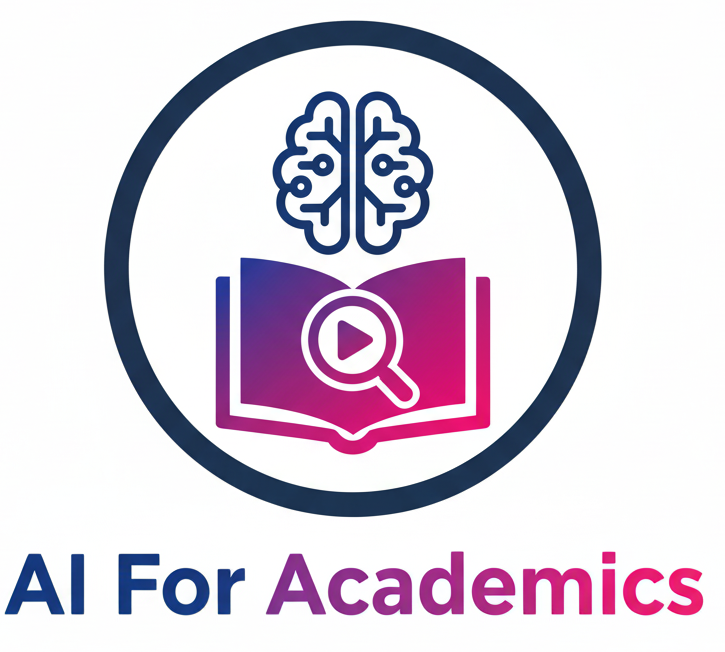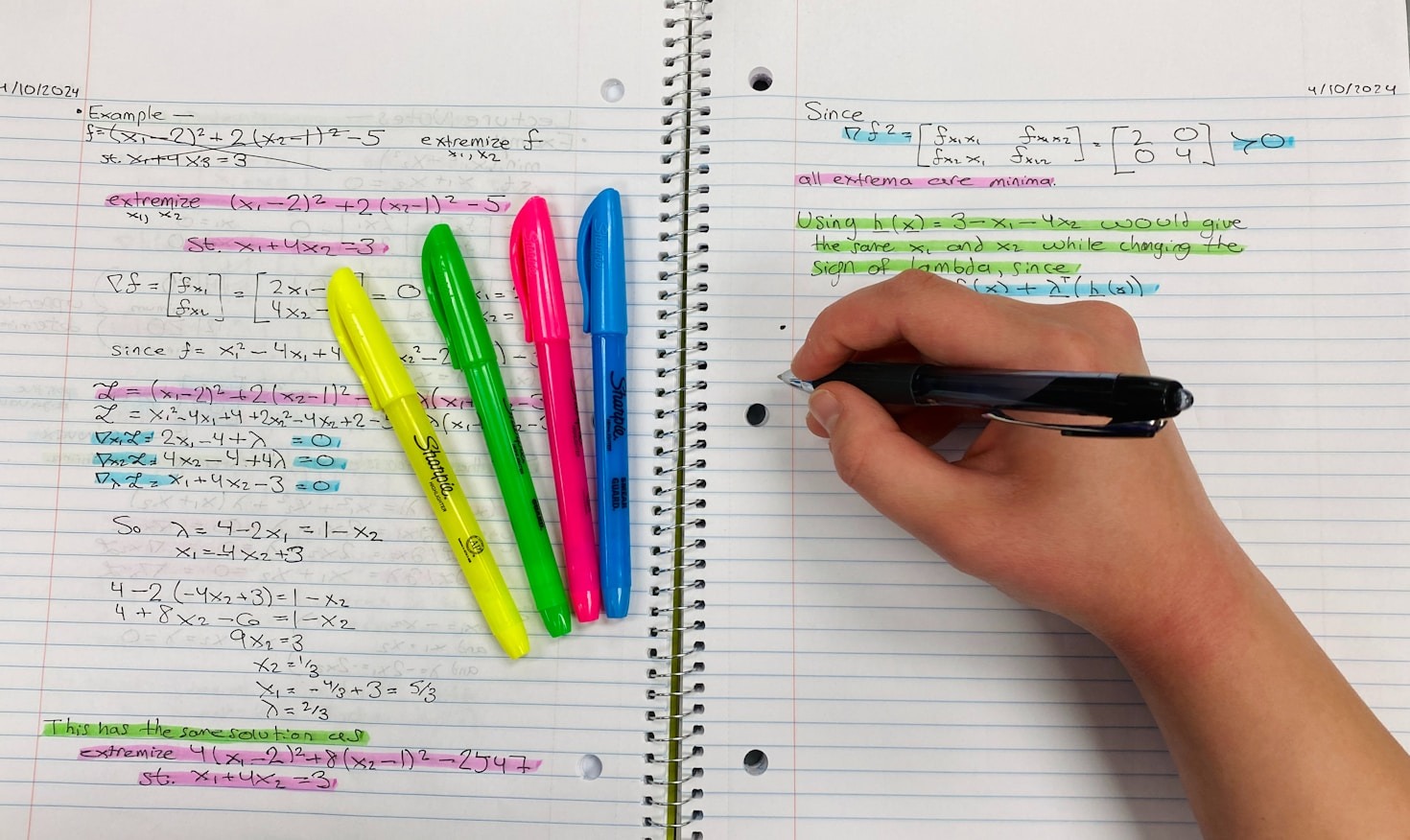In data-intensive scientific fields—from materials science and bioinformatics to drug discovery and physics—the sheer volume and complexity of experimental data have become the primary bottleneck. Traditional manual analysis and trial-and-error experimentation are too slow to keep pace with modern data generation.
The introduction of AI for Scientific Research and machine learning (ML) tools into the lab is fundamentally changing this dynamic. These applications act as intelligent co-pilots, minimizing manual processing, optimizing experimental parameters, and accelerating the path to breakthrough discoveries with unprecedented precision and speed.
For researchers in scientific and technical fields, AI is the indispensable tool for the next generation of discovery. By automating analysis, optimizing experiments, and ensuring data quality, these platforms offer a quantum leap in efficiency, allowing scientists to dedicate their finite time to creative problem-solving and intellectual breakthroughs.
1. Predictive Modeling and Materials Discovery
One of the most transformative applications of AI is in prediction and synthesis. Instead of relying on slow, expensive experiments, researchers can use AI to forecast results before stepping into the lab.
- Property Prediction: ML models, trained on existing material databases, can predict the physical, chemical, or biological properties of a new compound or material structure before it is synthesized. This drastically narrows the search space for novel drug candidates or high-performance materials.
- Automated Experiment Design: AI platforms utilize active learning or Bayesian optimization to intelligently suggest the next most informative experiment to run, iteratively guiding the researcher toward an optimal outcome while minimizing waste and time. This is often referred to as a self-driving lab.
- Computational Chemistry: Tools can simulate complex molecular dynamics and quantum mechanics problems much faster than traditional computational methods, speeding up simulations related to protein folding and catalytic reactions.
2. Automated Image and Data Analysis
Microscopes, sensors, and sequencers generate mountains of data that require painstaking manual review. AI tools automate this tedious and error-prone process, ensuring precision and reproducibility.
- Image Segmentation and Quantification: In cell biology and medical imaging, AI can automatically segment cell boundaries, count specific features (like organelles or plaques), and quantify changes over time from thousands of images with consistent accuracy, eliminating human variability.
- Genomics and Bioinformatics: ML algorithms are essential for rapid gene sequencing analysis, identifying mutations, and predicting protein function from complex genomic data sets, turning raw sequences into meaningful biological insights.
- Anomaly Detection: In manufacturing or quality control, AI monitors real-time sensor data or microscopic images to detect subtle deviations or defects that signal a process failure, ensuring the highest standards of experimental rigor.
3. Optimizing the Lab Workflow
Beyond direct analysis, AI optimizes the administrative and organizational “technical debt” of running a modern lab.
Data Standards and Metadata: Tools enforce consistent data logging and metadata tagging across experiments, ensuring high data quality that is compliant with FAIR (Findable, Accessible, Interoperable, Reusable) principles, which is critical for collaboration and verification.
Instrument Calibration & Maintenance: AI can monitor the performance of expensive lab equipment, predict when a component is likely to fail, and schedule preventative maintenance, thus preventing catastrophic downtime.


Precision, Speed, and Reproducibility
For researchers in scientific and technical fields, AI is the indispensable tool for the next generation of discovery. By automating analysis, optimizing experiments, and ensuring data quality, these platforms offer a quantum leap in efficiency, allowing scientists to dedicate their finite time to creative problem-solving and intellectual breakthroughs.
Ready to integrate AI into your research pipeline? Discover the best tools for Scientific and Lab-Specific Research that specialize in predictive modeling, image analysis, and experimental optimization on our site today.


Leave a Reply